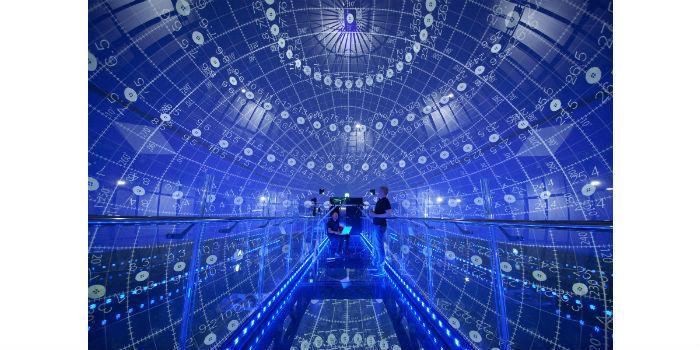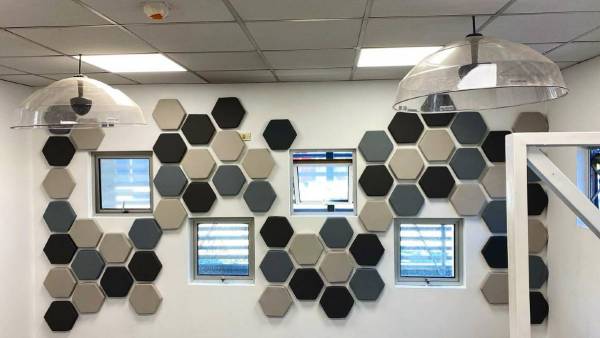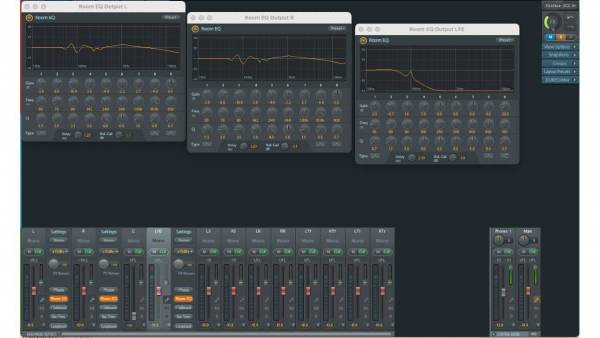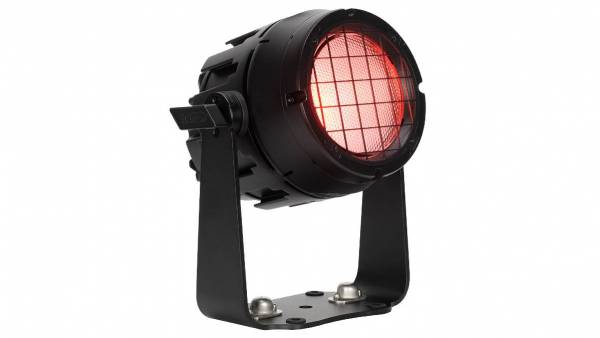 International. This spherical projection theater of 12 meters in diameter can be considered a true virtual reality theater of the future. When visitors enter, they find themselves on a transparent glass observation bridge, which crosses the inside of the sphere. Using the power and flexibility of Datapath's award-winning Fx4 processors and a unique rendering engine, crisp 360° video projection is made, up and down the viewer, fully immersing them in a virtual world without having to use VR headsets.
International. This spherical projection theater of 12 meters in diameter can be considered a true virtual reality theater of the future. When visitors enter, they find themselves on a transparent glass observation bridge, which crosses the inside of the sphere. Using the power and flexibility of Datapath's award-winning Fx4 processors and a unique rendering engine, crisp 360° video projection is made, up and down the viewer, fully immersing them in a virtual world without having to use VR headsets.
The concept
Full spherical projection theaters can be considered movie theaters of the future. However, most of them are unique experimental facilities that use technologies that are already outdated.
The goal of the specialized AV integrator Front Pictures was to create a next-generation sphere of projection by accumulating the world's best practices and implementing the newest technologies. To be sustainable in the future, the system also needed to have the highest possible resolution and projection brightness, high energy efficiency and cost-effectiveness.
Engineering Challenges
Front Pictures has vast experience in fulldome theater and planetarium engineering. By mid-2017, the company had delivered around 150 Fulldome systems to many countries around the world. But when designing the projection system for Space 360, the company's team had to come up with unique technological and engineering solutions.
Unlike a conventional digital planetarium, where projectors are located along the perimeter of the dome, the options for placing them on a full sphere are substantially limited. One of the challenges was to make a design that avoided the shadows cast by the observation bridge, minimize the openings of the projectors and, at the same time, maximize the resolution and brightness of the projection. It was also important to position the projectors in a way that prevented them from shedding light in the eyes of the viewers.
Taking all factors into account, the Front Pictures team decided to use 12 projectors and place them around two entrance doors. The company's engineers devised a dozen types of projection designs. They were considering models from four different vendors.
Front Pictures used accurate 3D models of the site and calculated the position and tilt of each projector taking into account its aspect ratio, resolution and available lenses. The size of the projector was also taken into account, due to the limited space behind the spherical screen where the projectors were located. Price limitations were also important in meeting the budget. After research, Front Pictures opted to use the Barco PGWU-62L WUXGA projectors with a laser phosphor light source.
Image calibration
The spherical screen creates significant geometric distortions of the projected image. Distortions become even larger due to the fact that in a full projection sphere, it is impossible to place projectors along the perimeter, since a sphere has no edge. They should be located around the entrance doors on opposite sides of the sphere.
This scheme has many advantages, but positioned in this way, the projectors create uneven and elongated points of light with uneven pixel density and brightness. The task of creating a perfect image with uniform brightness becomes even more challenging when the projected images overlap each other in this way.
Media Server
The previous generation of multi-projector systems was developed around the "one computer per projector" paradigm. But this approach has major drawbacks, such as a relatively large budget for computer hardware, more possible points of failure, difficulties in implementing a proper failover solution, as well as higher electricity consumption. Another disadvantage of cluster systems is the discrepancy in video playback speed on different computers, which can result in uneven and abrupt video playback.
An alternative to the multiserver system is a single server approach. In 2010, Front Pictures developed a video engine that can use every bit of media server hardware power and process extremely high-resolution media in real time. Thanks to the efficient rendering engine, we can handle many more displays per individual machine than most other solutions available. This technology, called Screenberry, can seamlessly play 8x8K video on up to 72 output devices, all while connected to a single computer.
Andy Lee, sales and account manager at Datapath, said: "It's always exciting when integrators and AV engineers find new ways to harness the power of our products. This solution from Front Pictures takes 360 projection to a new level and surely sets the standard for similar projects of the future."
With a trio of Datapath Fx4 splitting the single GPU input into 12WUXGA outputs, the project not only delivered amazing image quality, but by using this unique approach also proved to be highly cost-effective.


























Leave your comment